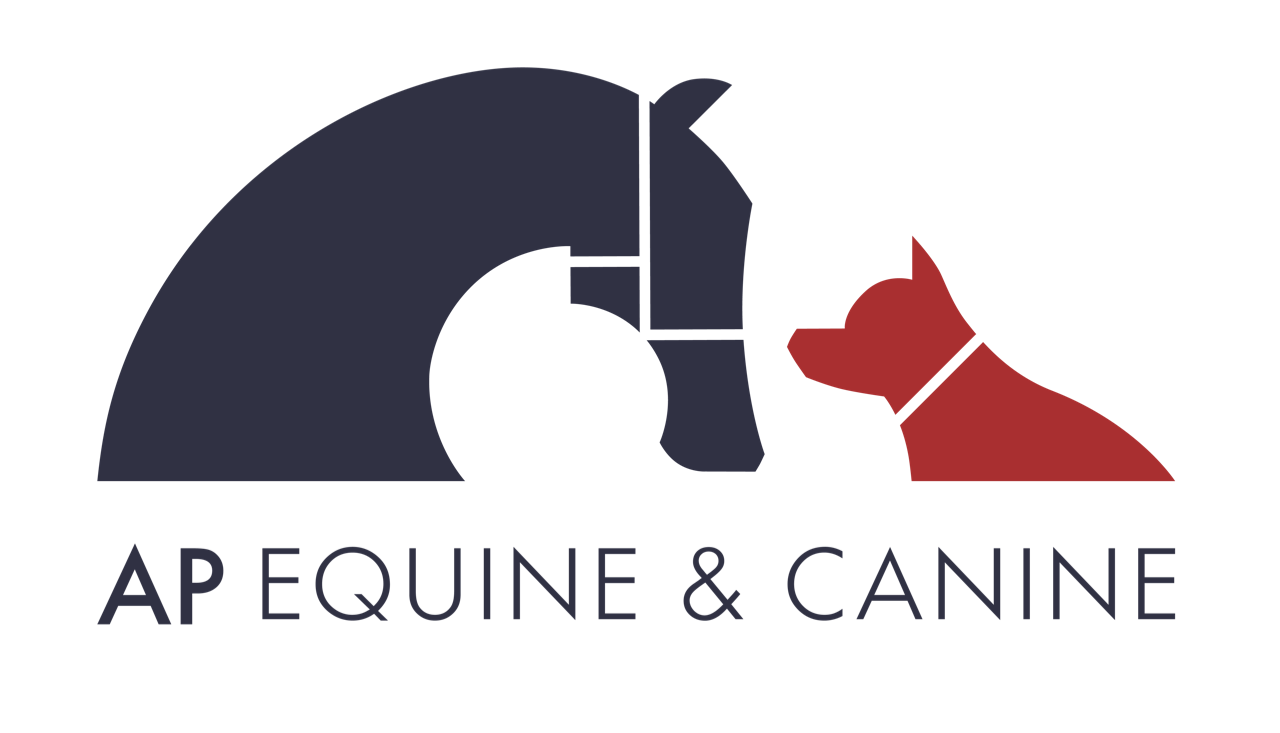New data collection to commence 2026!
In 2022 Amanda will be dusting off her research brain to further study handedness in the equestrian population and its impact on hand grip strength and fine motor skills. This research will follow on from Amanda’s MSc research which provisionally found that rider handedness does not conform with previous research, which dictates that an individuals dominant hand is 20% stronger in terms of hand grip strength than their non dominant hand. Therefore, Amanda wants to further investigate if this is actually the case and if so could it be attributed to the fact that equestrian sport requires “no leading limb” . A leading limb refers to a dominant limb (arm or leg) used to complete a sporting action, for example in foot ball or tennis athletes will have a dominant serving arm or striking leg that provides a superior athletic performance.
If your interested in getting involved please do get in touch or follow us on FB or via our blog for updates.
About:
Throughout Amanda's degree study she has developed a keen interest in equestrain research with a key focus on the horse and rider dyad. Having already presented her research at the Alltech Confernce 2013 & 2017 Amanda hopes to take her research to the next level with the aim of publishing her work in scientific journals by 2019. Amanda's future aims include collating and combining her MSc research with a sister study completed by a fellow practitioner Lauren Rowe to provide further insight into the influence of the rider on the horse and vice versa. As well as carrying out self-funded research into Rider handedness and Pressure Algometry whilst maintaining her involvement in the McTimoney Animal Association Research Group.
Regular research is posted on our blog.
BSc (Hons) Research
An investigation into saddle design and its influence on rider lower leg position when using the light seat.
MSc Research
Due to the size of the original MSc research project the original piece will eventually be split into the following two titles....
the potential effect of equine brachiocephalicus muscle tenderness on FORELIMB kinematics
and



